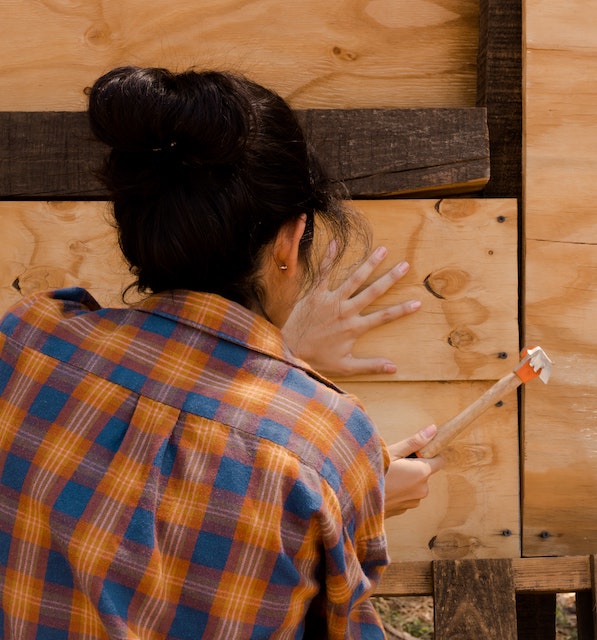Creating a carbon-free environment starts from the house. Believe it or not, households are major emitters of greenhouse gases, accounting for 26% of total emissions in the US. If you’re planning to build your new home, you can substantially impact the environment by ensuring that your new build promotes carbon-neutral living. This will minimise greenhouse gas emissions and decrease your dependence on non-renewable energy sources. The following tips can guide you in your building process.

1. Use sustainable materials
Building with sustainable materials guarantees that your home will reduce its carbon emissions. According to experts, this move alone can reduce your home’s carbon by up to 30%. Sustainable materials are easily recyclable, with the most commonly used ones being wood and steel. Both can be utilised in various house details, including fixtures, fitting, railings, and furniture. You can also consider using sheep’s wool for insulation, as its fibres can create several air pockets to trap cold or warm air. Of course, you must combine that with other eco-friendly measures like green energy sourcing and energy-certified appliances.
2. Work with sustainability-conscious experts
You’ll likely work with contractors, builders, interior designers, electricians, carpenters, and building materials retailers. Always ensure that whoever you work with is sustainability-conscious. Thankfully, that shouldn’t be much of a problem, as many stakeholders in the construction builders are already making eco-friendly alternatives available to their clients. So, research before choosing any contractor or expert to work with. You can equip yourself with further resources on how best to make your new house sustainable. The internet already contains an endless supply of resources, tips, hacks, and tricks covering every aspect of your building process. For example, you can turn to The Clean Energy Life for useful resources on upgrading your sustainable lifestyle.
3. Go for a passive design
Passive design is a cornerstone of carbon-neutral house construction, minimising your reliance on mechanical heating, cooling, and lighting systems. Simply put, a passive house design uses natural heating or cooling sources and ventilation to create comfortable and sustainable living inside the house. That means your doors, windows, walls, and floors should all be designed to collect, store, distribute, and reflect solar energy. Work with your contractor to orient your house to optimise insulation and maximise natural ventilation and daylight. This way, you can reduce your energy demand and reliance on non-renewable resources for heating and cooling. Another great benefit of a passive house design is that it will help your finances, as you’ll save a lot on your energy consumption.
4. Incorporate rainwater management solutions
Water conservation is vital in any home designed for sustainable living. It allows for efficient and sustainable water usage while reducing the burden on local water resources. That means you save money on your water bills while reducing your dependence on commercial water sources. Find ways to add rain barrels, cisterns, or underground tanks to your home design to collect and store rainwater. You can also design rain gutters on your roof to collect rainwater. Such water can be used for irrigation, toilet flushing, or laundry. Also, consider implementing permeable paving or rain gardens to manage stormwater runoff. That will promote groundwater recharge and reduce erosion.




